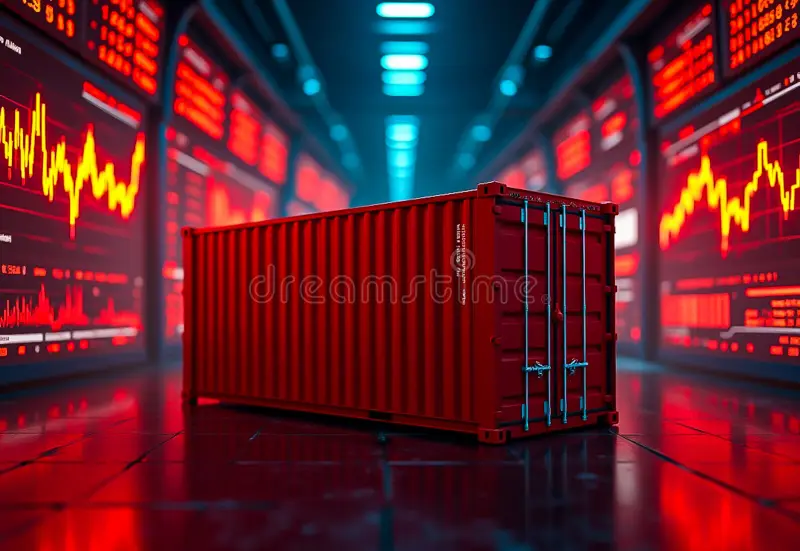Understanding the Basics of Shipping From China to Philippines
Shipping From China to Philippines is one of the most popular routes for small and medium importers because of its affordability, accessibility, and fast delivery times. First-time importers often feel overwhelmed by logistics, customs rules, and shipping methods, but understanding the process makes importing easier and more cost-effective. The Philippines relies heavily on goods from China—electronics, machinery, apparel, accessories, household products, and more. Knowing the right suppliers, choosing the best freight forwarder, and following proper documentation rules ensure a smoother shipping experience.
Choosing the Right Shipping Method for Your Needs
Air Freight
Air freight is the fastest option and ideal for urgent or high-value shipments. While it costs more than sea freight, it offers delivery within a few days. This method suits lightweight goods like gadgets, beauty products, and small accessories.
Sea Freight
Sea freight is the most affordable option, especially for bulk orders. It can be shipped via Full Container Load or Less than Container Load. FCL is best for large shipments where you fill an entire container, while LCL lets you share container space with other importers, reducing cost. Sea freight takes longer but is cost-efficient for heavy or oversized items.
Express Courier
Courier services like DHL, UPS, FedEx, and specialized China-to-Philippines forwarders offer door-to-door delivery. This method is hassle-free because the courier handles customs and paperwork for you. It is suitable for small packages and eCommerce sellers.
Understanding Shipping Costs
Product Cost and Supplier Fees
Your total expenses begin with your product cost. Many suppliers offer competitive prices but check if their quote includes packaging, labeling, or additional handling fees.
Freight Charges
Freight costs depend on shipping method, shipment weight, and volume. Air freight is priced by chargeable weight, while sea freight is priced by cubic meter or container size. Express delivery uses a combination of weight and size for pricing Shipping From China to Philippines.
Customs Duties and Taxes
Shipments entering the Philippines require duties and taxes depending on the product type. The Bureau of Customs uses the product’s customs value, freight cost, and insurance to determine the total duty. Some items may qualify for de minimis value exemption if they fall below the allowed limit.
Additional Fees
Other possible charges include warehousing, documentation fees, handling fees, and delivery charges within the country. Choosing a reliable freight forwarder helps minimize unexpected costs.
Required Documents for Importing
Commercial Invoice
This document lists product details, unit price, and total cost. Customs uses it to verify shipment value.
Packing List
This includes the shipment’s weight, dimensions, packaging details, and quantity of each item.
Bill of Lading or Air Waybill
This serves as a transportation contract issued by the carrier. For sea freight, it is called a bill of lading; for air freight, it is an air waybill.
Import Clearances
Certain imported products—electronics, food items, medicines, cosmetics, and chemicals—may require special permits. Always check product restrictions before placing an order.
Choosing a Reliable Freight Forwarder
A good freight forwarder can simplify the entire importing process. They handle documentation, customs clearance, cargo inspections, and delivery. Choose one with transparent pricing, positive reviews, and strong experience in the China-to-Philippines route. Freight forwarders also help consolidate shipments if you source from multiple suppliers, reducing cost per shipment.
Step-by-Step Process of Shipping Goods
Step 1: Confirm Supplier and Check Product Legality
Before placing an order, confirm if the product is allowed in the Philippines. Some items may be restricted or require special clearances. Always verify supplier reliability to avoid scam or poor-quality products.
Step 2: Choose the Best Shipping Method
Select air, sea, or express courier depending on your budget, timeline, and shipment size. First-time importers often benefit from DDP (Delivered Duty Paid) services because they include tax, customs, and delivery in one price.
Step 3: Prepare Documents
Ensure you receive the commercial invoice, packing list, and shipping documents from your supplier. Missing documents may delay shipment release.
Step 4: Track Shipment
Most freight forwarders and couriers provide real-time tracking. Monitoring helps you prepare for payment of duties or arrange delivery schedules.
Step 5: Customs Clearance
Upon arrival in the Philippines, your shipment undergoes customs inspection. A freight forwarder or courier typically manages clearance on your behalf. Once cleared, the shipment is released for delivery.
Step 6: Delivery to Your Location
After clearance, your goods will be transported to your warehouse, home, or business address. Check all items upon arrival to ensure accuracy and quality.
Common Mistakes First-Time Importers Should Avoid
Not Researching Supplier Background
Many beginners choose the cheapest supplier without verifying reputation. Always check ratings, certifications, and sample products.
Miscalculating Shipping Costs
Importers often focus only on product price, ignoring customs fees and freight charges. Always calculate the total landed cost before ordering.
Choosing the Wrong Shipping Method
Shipping light cargo through sea freight or heavy cargo through express can waste money. Match your shipment type with the right method.
Ignoring Customs Rules
Failure to comply with customs regulations can lead to delays, penalties, or seizure of goods. Always follow the required documentation.
Tips for Faster and Cheaper Shipping
Consolidate Orders
Combine multiple products into one shipment to reduce freight cost per item.
Avoid Peak Seasons
Importing during holidays may cause delays and higher fees. Order in advance to avoid rush charges.
Use a Trusted Freight Forwarder
They provide guidance, accurate cost estimates, and faster customs clearance.
Communicate Clearly with Suppliers
Ensure correct packaging, labeling, and documentation to avoid unnecessary delays.
Conclusion
Shipping From China to Philippines is a manageable process when you understand the basics of freight options, customs requirements, and cost calculations. With the right supplier, proper documentation, and a reliable freight forwarder, first-time importers can enjoy a smooth and profitable importing experience.
